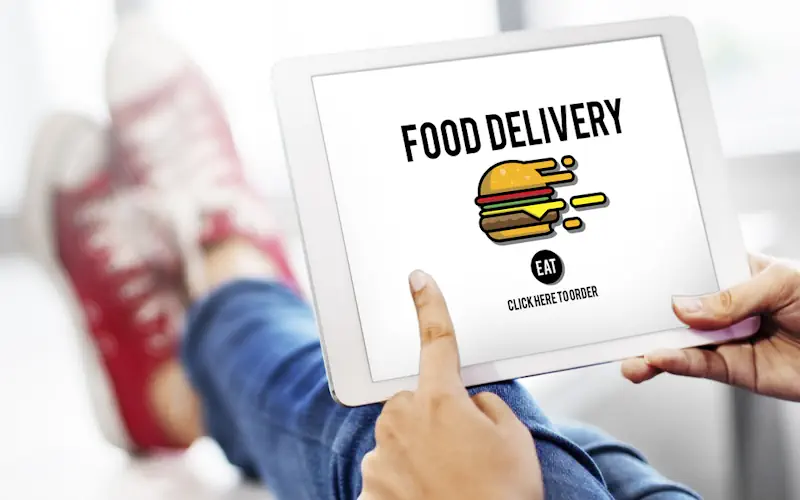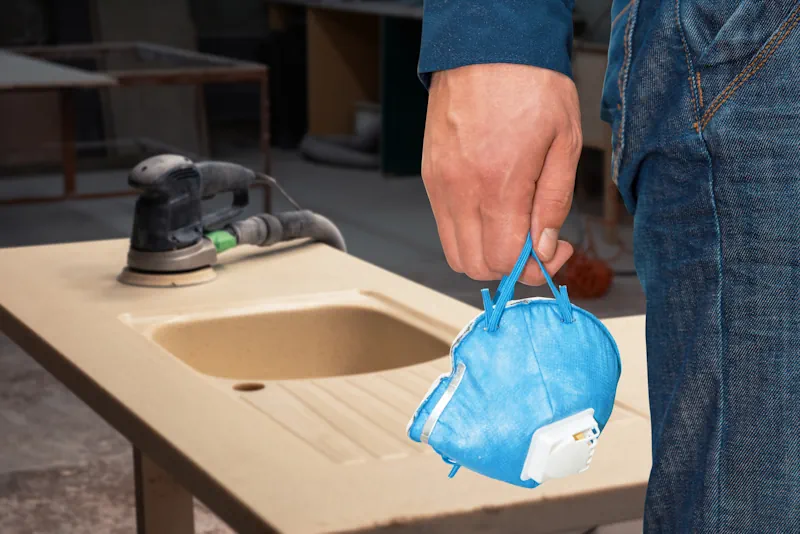Why has there then been a disturbing increase in delivery driver accidents and deaths? Hundreds of food delivery workers have been injured on Australian roads since the gig economy boom and increased demand for food delivery services.
Our article considers the harsh realities faced by vulnerable road users, like time pressures and the unique legal complications for delivery personnel.
On this page:
- Delivery drivers in the gig economy face an increased risk of road traffic accidents or accidental death due to tight delivery schedules and increased demands.
- Delivery workers are independent contractors who can’t claim workers’ compensation. However, they can still make a personal injury claim for accidents that were not their fault.
- Despite safety initiatives and trade union advocacy, workers often lack insurance coverage and support services, demonstrating the need for improved industry measures and worker protections.
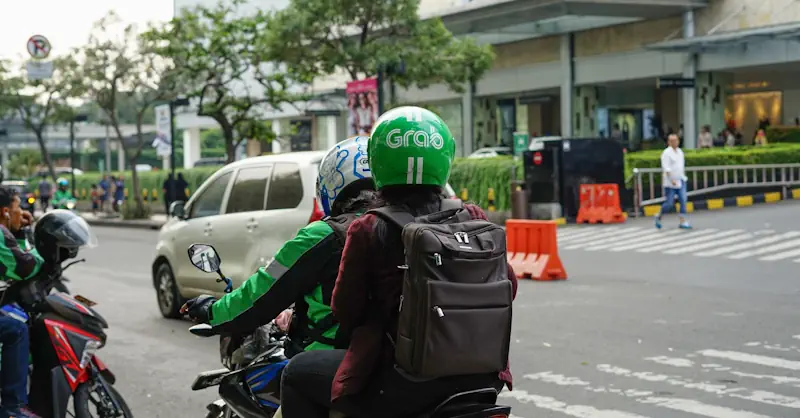
Hazards for Food Delivery Workers
In the busy delivery industry, food delivery rider drivers often find themselves among road hazards. Heavy peak-hour traffic, in particular, poses a significant risk of broken bones, permanent impairment or other injuries while delivering food. In Australia, between September and November 2020, five food delivery riders lost their lives on the road, underscoring the perils faced by these workers in the food delivery service.
The gig economy structure, where many drivers are self-employed, adds to the pressure. Some of the challenges faced by delivery people include:
- Stress
- Fatigue
- Elevated risk of accidents
- The need to fulfil numerous deliveries within tight time frames
- Minimal wage and other factors
These factors, including minimum wage concerns, can negatively impact the well-being of a delivery person.
Traffic Dangers for Food Delivery Riders
Traffic-related dangers comprise a significant portion of the risks delivery drivers face. Road accidents with other vehicles, breakdowns, wet and slippery surfaces, and even running out of petrol can hinder delivering food and increase the risk of accidents with other road users.
Delivery drivers using two-wheel vehicles face a higher risk, being 50 times more prone to traffic accidents than other transport industry workers who are on four wheels. Additionally, poor or inadequate road infrastructure increases these risks, like potholed roads and the absence of bike lanes.
Time Pressures for Food Delivery Workers
The time-sensitive nature of food delivery introduces another layer of risk. Due to the pressure to meet deadlines, there is a higher chance of traffic accidents when drivers engage in risky driving behaviours like speeding and aggressive driving. Using navigation apps while driving also leads to distracted driving and reduced attention to the road.
The urgency that delivery people experience puts their safety and that of other road users in danger. Australian studies suggest that delivery drivers under such pressure are more likely to be involved in accidents and sustain fractured bones, other injuries and death.
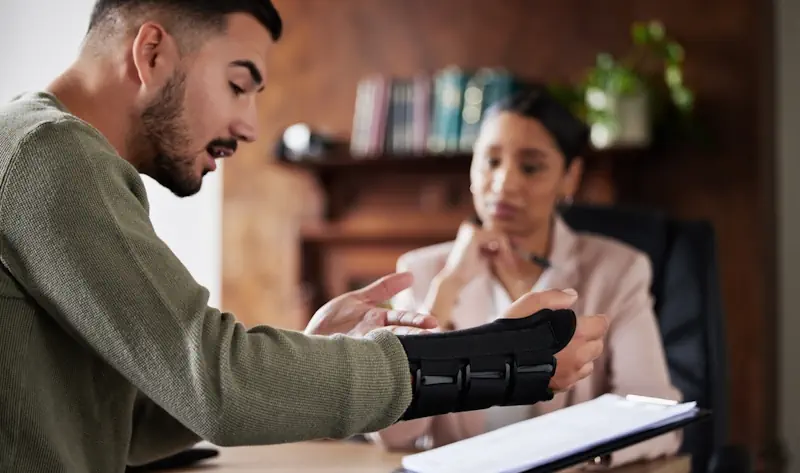
The Legal Environment for Injured Food Delivery Riders
Injured food delivery drivers frequently face a complex legal environment when an accident happens. As most delivery people operate as an independent contractor (on a self-employed basis), it can be difficult to establish the delivery company’s liability for negligent acts. Moreover, these drivers often receive no financial compensation from their employer for time off work due to injuries or permanent impairment.
However, food delivery drivers can make a personal injury claim if they sustain injuries in a motor vehicle accident that was not their fault. Additionally, the partner, next of kin, or family of a deceased delivery driver has several options when seeking personal injury compensation for their loss.
Workers Compensation vs. Independent Contractors
The classification of delivery drivers as independent contractors substantially impacts their eligibility for workers’ compensation. Due to their employment status, they are generally not entitled to WorkCover benefits, leaving them financially vulnerable in the event of a work accident or injury. This starkly contrasts with employees, who are usually eligible for benefits, including medical expenses, superannuation and wage replacement, in the event of a work-related injury or illness.
This issue has gained more attention because of legal cases involving businesses like Uber and Hungry Panda. Triggering an ongoing legal examination of whether delivery riders are classified as employees or contractors. Incorrectly classifying an operator can mean legal prosecution under Australian labour laws.
Seeking Financial Compensation
Despite the challenges, injured delivery drivers can seek compensation. Depending on the circumstances, they can file personal injury claims against the road users involved in the accident or even their own companies. The process of claiming compensation typically involves seeking legal advice from an experienced personal injury lawyer, who often works on a no win, no fee basis.
To initiate a claim against another driver or their employing company, it’s crucial for the injured delivery driver to:
- Gather evidence
- Report the incident
- Seek medical attention
- Document expenses
- Consult a lawyer
- Engage in negotiations with the insurance company
However, their eligibility for compensation, including minimum pay, depends on factors such as their employment status, who was at fault, and compliance with Australian safety regulations.
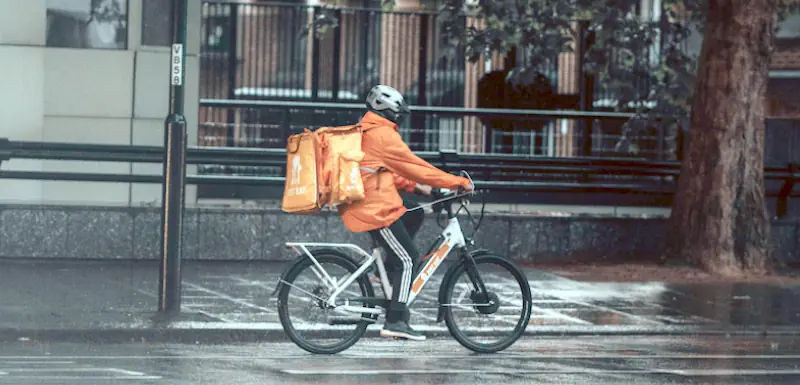
Support Systems for Food Delivery Sector Workers
Given these arduous challenges, delivery driver support systems often fall short. While the food delivery sector is responsible for providing insurance coverage to their drivers, the extent of coverage varies across platforms. Despite the available resources for work health and safety, workers’ compensation, and COVID-19, the delivery management platforms’ round-the-clock driver support is often inadequate.
Hence, gig workers are often left to arrange their own insurance and expense coverage in case of injury. When something goes wrong, they have little or no support when claiming an insurance payout or against group personal accident insurance schemes.
Insurance Coverage for Gig Workers
Insurance coverage for freelance delivery drivers usually includes:
- Accident or sickness insurance
- Commercial vehicle insurance
- Goods in transit insurance
- Public liability insurance
However, this varies among companies, with some providing cover and others not.
While an insurance policy can provide a safety net, it’s not always sufficient. The gig economy often excludes delivery workers from traditional WorkCover benefits, making obtaining coverage for workplace injuries or fatalities difficult. A well-designed support package could address these gaps and improve the overall assistance provided to drivers.
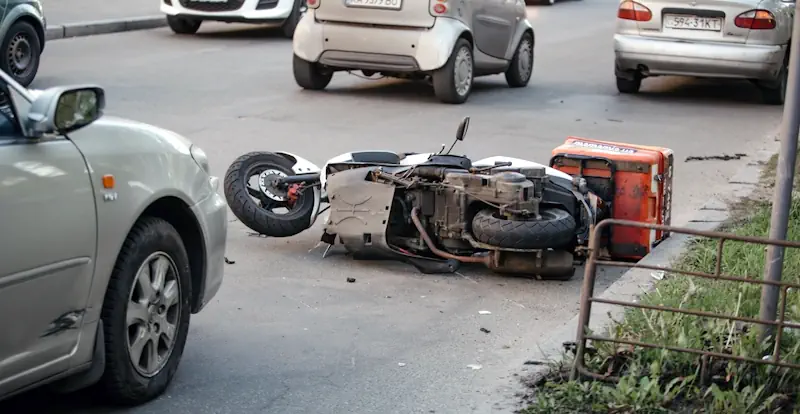
How Accidents Impact Food Delivery Drivers
Accidents involving delivery drivers significantly impact the delivery service industry, resulting in:
- adverse public perception
- operational hurdles
- and demands for enhanced safety measures.
Significant incidents involving serious injuries and deaths typically raise concerns about the accountability of the companies hiring food delivery workers.
Preventative Measures and Food Delivery Industry Responses
The food delivery industry has implemented various measures to address the escalating concerns regarding the well-being of delivery drivers. Food delivery companies have been engaging with riders and platforms, sharing safety guidelines, and endorsing safe driving practices among their operators.
Australian trade unions and advocacy groups have also worked to improve precautionary measures for delivery drivers.
Safety Initiatives by Food Delivery Companies
Several food delivery companies have introduced safety initiatives in response to accidents and public pressure, including:
- Continuous risk-reduction programs
- Campaigns to increase worker awareness of risks
- Updated precautionary measures addressing unique delivery driver challenges.
- Free bicycle safety kits for delivery personnel.
Major companies like Uber Eats and DoorDash have also implemented training programs incorporating national safety principles and integrating features into their app platforms. However, the insurance coverage these companies provide to their employees varies, with only some providing work injury compensation and personal injury insurance.
How Trade Unions Advocate for Workers’ Rights
Trade unions and advocacy groups are vital in championing the rights and interests of gig workers. They provide a collective voice for riders by:
- Negotiating improved working conditions
- Addressing concerns about fair pay, benefits, and job security
- Interacting with gig economy platforms and employers to protect workers’ rights
These organisations use various methods to advocate for improved working conditions for delivery drivers, including:
- Monitoring job sites for safety compliance
- Negotiating contracts with provisions for improved conditions
- Lobbying lawmakers for protective legislation
- Collaborating with stakeholders to ensure fair treatment
The impact of their work is evident in the introduction of new laws for gig worker protections by the federal government and the advocacy for the reclassification of delivery drivers as employees to provide them with more rights and benefits.
Gig Economy Workers FAQs
How much do you make working for Uber Eats in Australia?
On average, Uber Eats drivers in Australia make between $21 and $27.20 per hour, but this can vary depending on factors like location and demand.
How do I become an Uber Eats driver in Australia?
To become an Uber Eats driver in Australia, you can sign up through the Uber Driver app, upload required documents, go through background checks, and complete delivery and food safety modules. It’s a straightforward process, usually completed in around 5 business days.
How much can I claim in work-related expenses without receipts?
You can claim up to $300 without receipts to provide basic substantiation for work-related purchases on your tax return. You must produce documented documentation if your total claimed expenses exceed $300.
What hazards do delivery drivers face on the road?
Delivery drivers face hazards such as heavy traffic, vehicle breakdowns, and the pressure to make fast deliveries, leading to fatigue and an increased risk of accidents. Being aware of these dangers is crucial for their safety.

